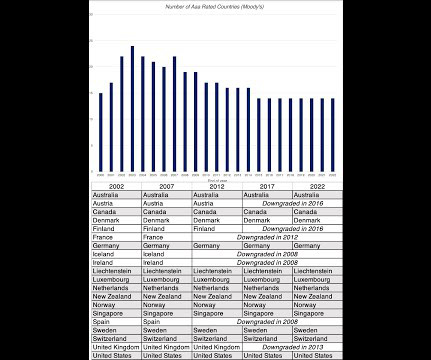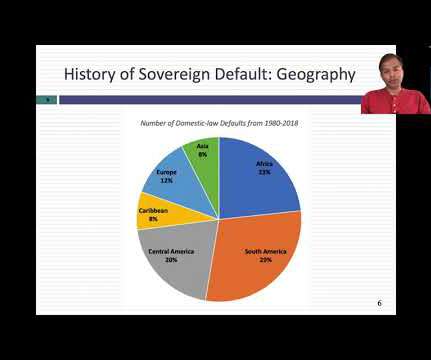Down Round Valuation: How to Survive and Protect Your Equity (2025)
Equidam
JUNE 30, 2025
DCF with Startup Adaptations – Build realistic financial projections with appropriate survival rate adjustments – Use current market discount rates that reflect the higher interest rate environment – Apply proper illiquidity discounts for private company shares 3. Here’s how Equidam approaches this: 1.











Let's personalize your content